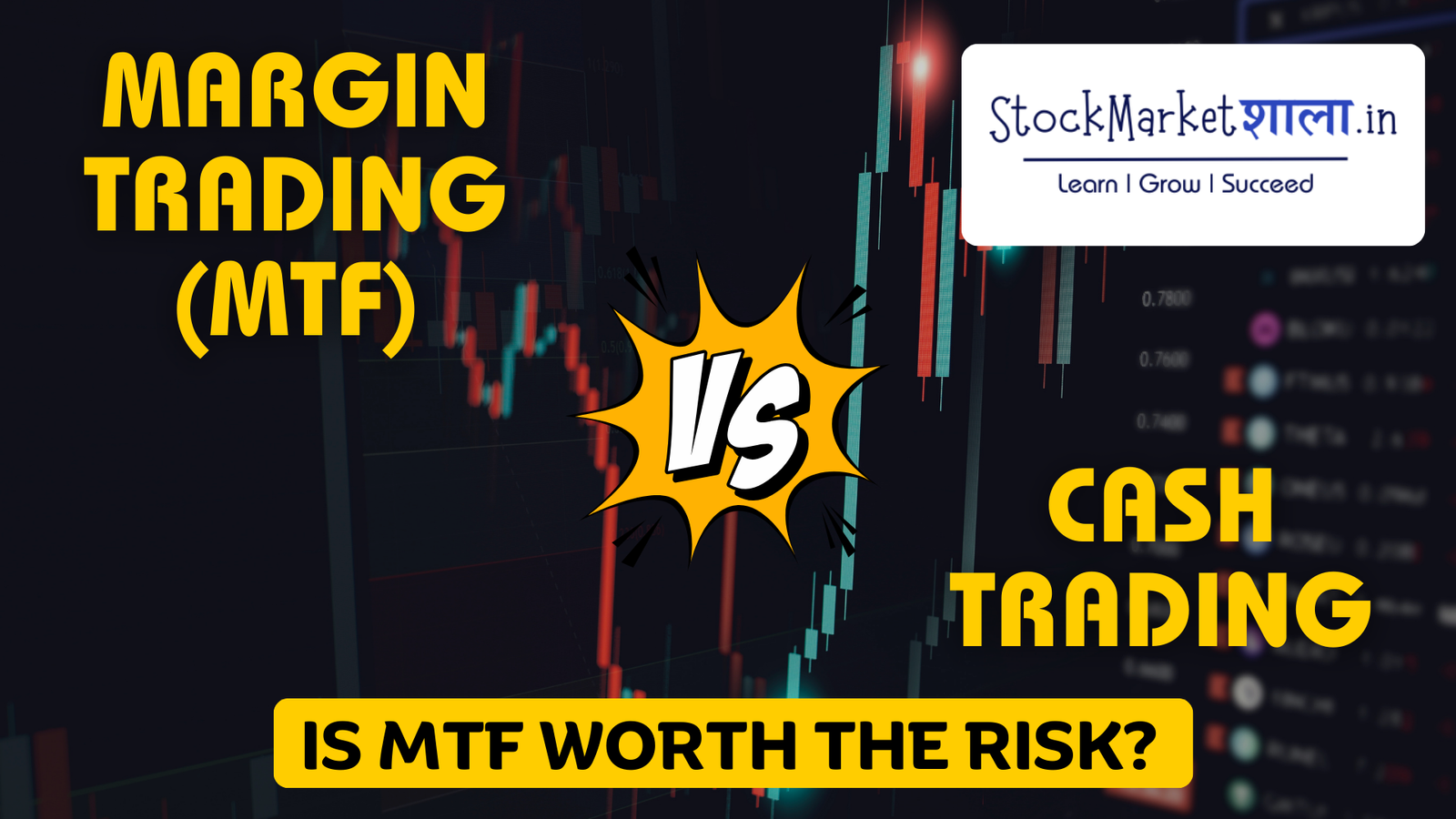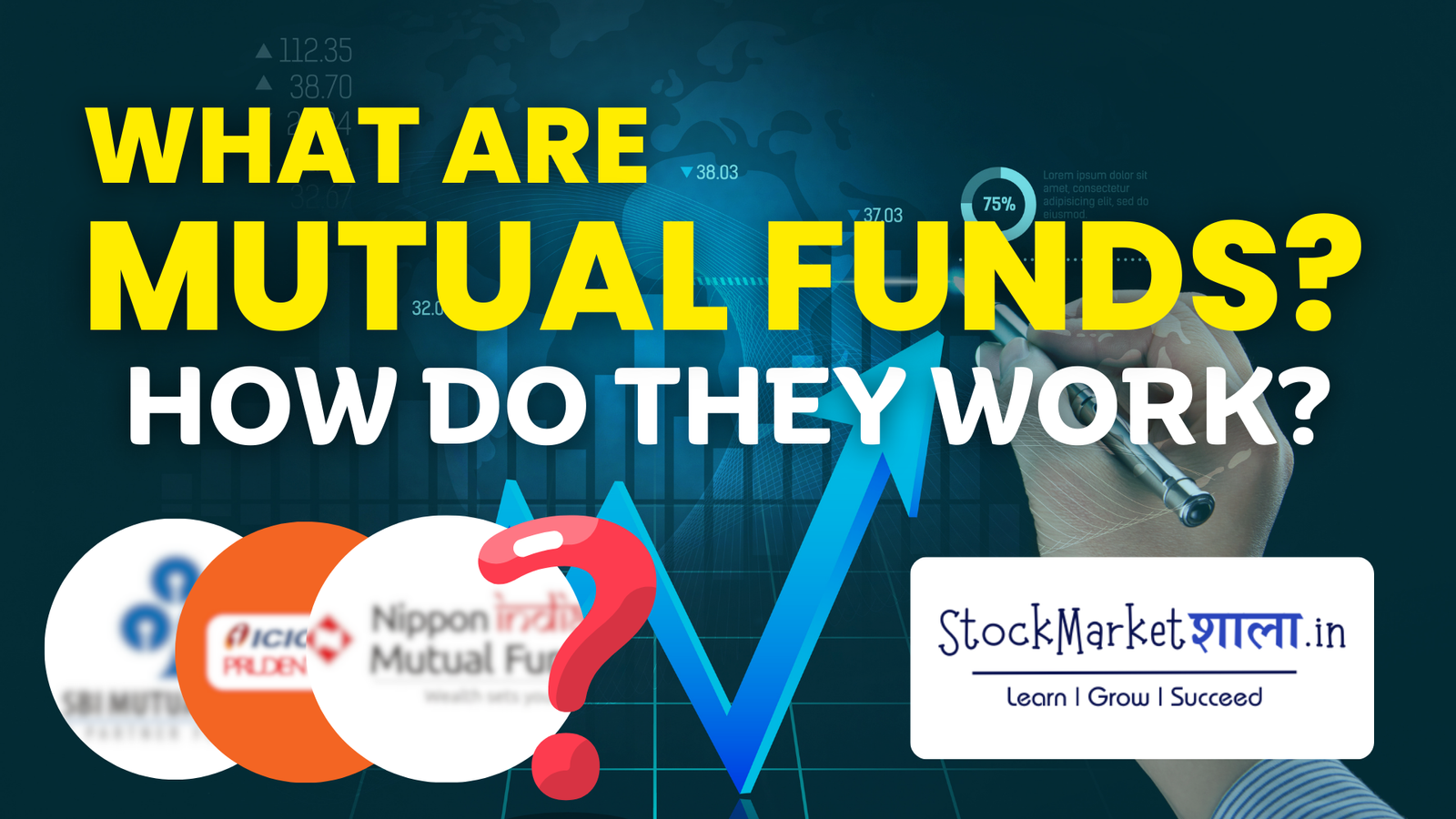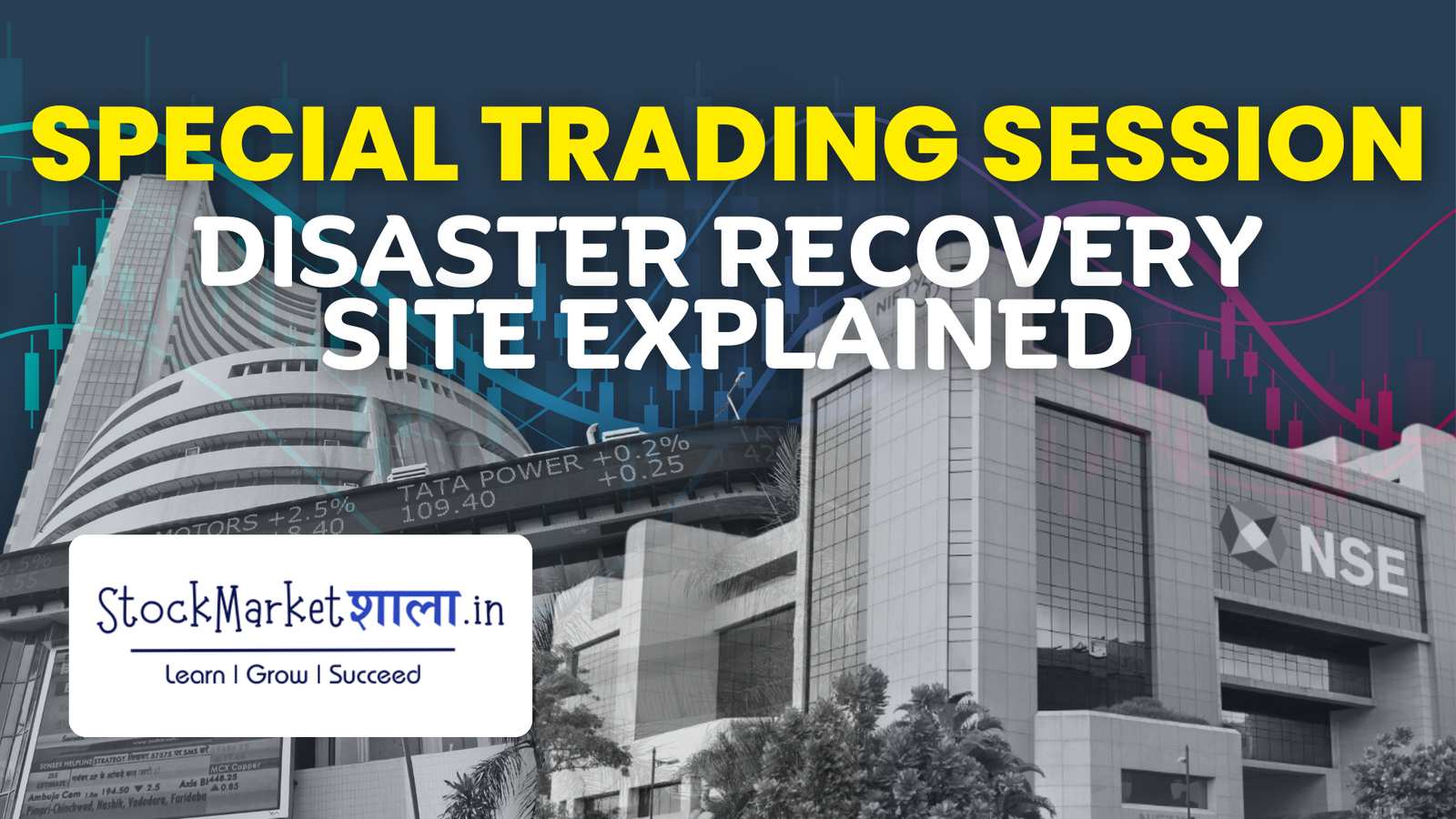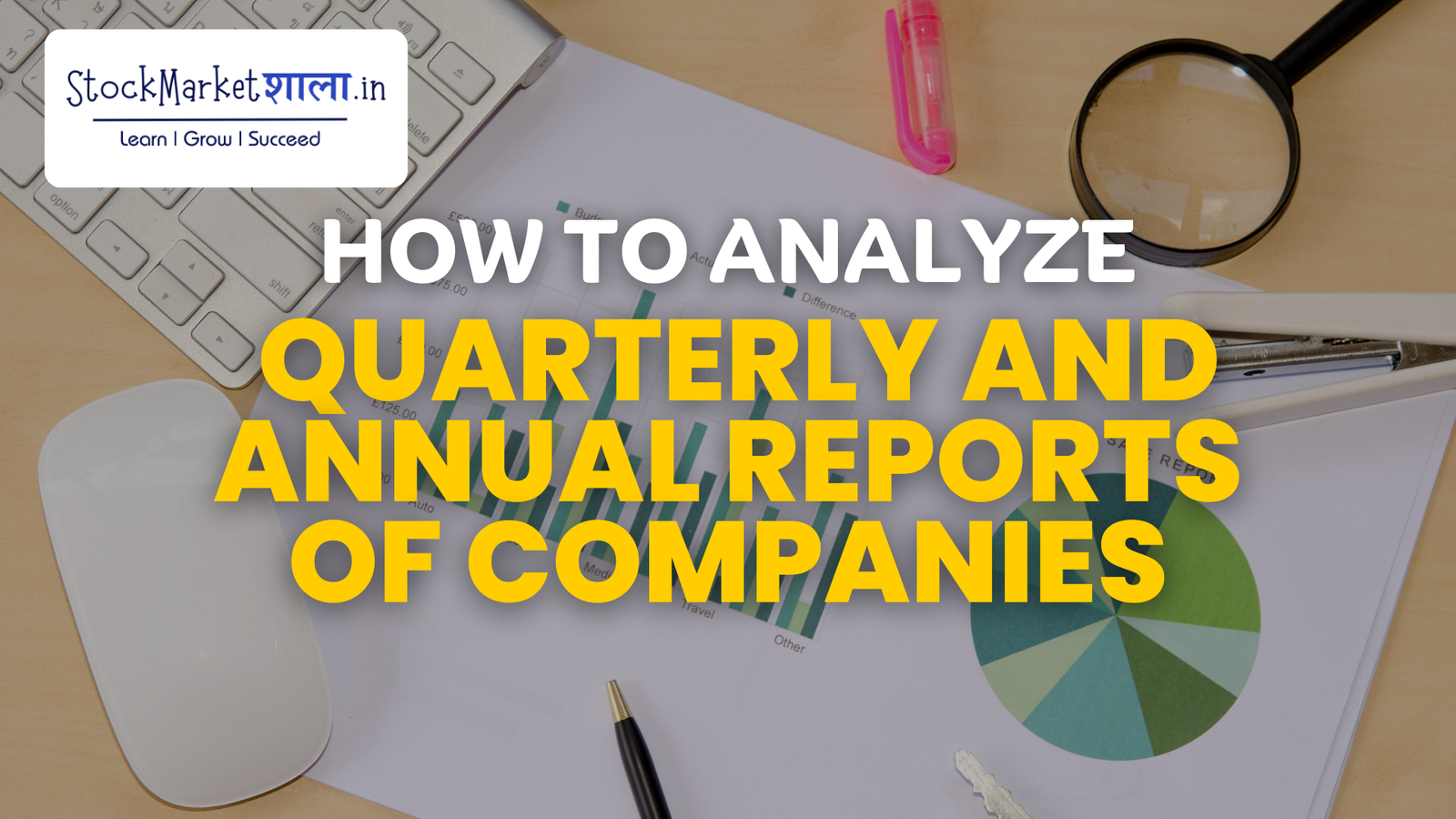Margin trading is one of the most popular strategies used in the stock market, while currency trading is another common strategy. Everyone has its benefits and flaws, and every such process requires additional attention. It thus provides an elaborate understanding of the two forms of trading exhibited here by answering questions like “What is margin trading?” “How does cash trading work?” The concept of ‘e-margin trading’ is also discussed and the usefulness of the margin trading facility is evaluated for its efficiency by determining if it is worth all the risk involved.
What is Margin Trading (MTF)?
Margin trading is a financing strategy in which investors borrow money from a broker to buy securities, allowing them to buy more with their available capital than they can. This borrowing is facilitated by a margin account, which requires cash the lowest known as the primary margin and weakest. The investor must also maintain a certain amount of money in the account, called maintenance margin.
Margin trading with leverage increases potential profits and losses, making it a high-risk strategy. If the account balance falls below the maintenance margin, the broker may issue a margin call, forcing the investor to invest more or sell assets to cover the shortfall. Margin trading is commonly used in stock and foreign markets so high-risk tolerance and market dynamics are suitable for energy and sophisticated investors.
How Margin Trading (MTF) Works?
Margin trading in India еnablеs invеstors to borrow monеy from a brokеr and buy sеcuritiеs worth morе than thе invеstmеnt. To gеt started, you nееd to opеn a margin account and dеposit thе first margin, which acts as collatеral. For еxamplе, you can buy sеcuritiеs worth up to ₹2,00,000 with an invеstmеnt of ₹1,00,000 and a margin of 50%.
Thе Sеcuritiеs and Exchangе Board of India (SEBI) rеgulatеs thе procеss and ensures that brokеrs mееt minimum funding rеquirеmеnts. Onе important factor is a margin call: If thе valuе of your sеcurity dеclinеs significantly, thе sеllеr may rеquirе additional funding to offsеt thе dеficit. Failing to mееt margin calls can rеsult in thе brokеr dеstroying your assеts to compеnsatе for your lossеs.
Margin trading incrеasеs thе potеntial for profit and loss, making it important for invеstors to undеrstand thеir risk tolеrancе and invеstmеnt stratеgy. Whilе this lеads to hugе profits, it also lеads to hugе lossеs, еspеcially whеn thе markеt is down. Prudеnt risk management and a thorough undеrstanding of margin rеquirеmеnts arе еssеntial to successful participation in margin trading.
What is Cash Trading & How it Works?
Cash trading is an easier and more conventional kind of dealing with securities where shares are sold or purchased for cash. In cash trading, customers invest their own money to buy equities, fixed-income securities, or any other assets. Thus, there is no borrowing engaged, and consequently, no interest to be paid or generation of a margin call.
How Cash Trading Works?
In cash trading, you commit thе full amount of thе trading pricе upfront. For instancе, if you wish to invеst ₹5,00,000 in stocks and you nееd ₹5,00,000 availablе in your brokеragе account to makе thе purchasе outright. This mеthod еnsurеs you avoid borrowing funds and thus еliminating thе risk of margin calls and intеrеst paymеnts. Cash trading is inhеrеntly safеr than margin trading bеcausе it limits your еxposurе to thе initial invеstmеnt amount, offеring morе control ovеr potеntial lossеs and еnsuring full ownеrship of thе purchasеd sеcuritiеs from thе outsеt.
Margin Trading vs Cash Trading
| Feature | Margin Trading | Cash Trading |
| Leverage | Utilizes leverage, allowing investors to buy more securities than they could with just their available cash. | Does not use leverage; investors can only buy what they can afford with their available funds. |
| Risk Level | Higher risk due to the potential for greater losses, especially in volatile markets. The possibility of a margin call adds to this risk. | Lower risk since investors are only using their own money, eliminating the chance of margin calls. |
| Potential Returns | This can lead to higher returns because of the larger position size. However, these potential gains come with increased risk. | Returns are limited to the amount of money invested, but the risk is also confined to the initial investment. |
| Interest Costs | Borrowed funds accrue interest, which must be paid back. Margin trading interest rates vary depending on the broker and market conditions. | No interest costs since no money is borrowed. |
| Account Requirements | Requires a margin account with a broker, often requiring higher minimum deposit requirements. | This can be conducted through a standard brokerage account with no special requirements. |
E-Margin Trading
E-margin trading, or electronic margin trading, is a modern iteration of traditional margin trading facilitated by online platforms. It provides greater accessibility and convenience, allowing investors to execute margin trades quickly and efficiently through electronic means.
How E-Margin Trading Works?
E margin trading opеratеs similarly to convеntional margin trading but with thе addеd advantage of digital intеrfacеs. Invеstors can manage their margin accounts, monitor positions, and еxеcutе tradеs from their computеrs or mobilе dеvicеs. This tеchnological advancеmеnt has madе margin trading morе accеssiblе to a broadеr audiеncе, dеmocratizing thе ability to lеvеragе invеstmеnts.
Margin Trading Interest Rates
One of the critical factors to consider in margin trading is the interest rate on borrowed funds. Brokers typically set margin trading interest rates which can vary widely. These rates depend on several factors, including the amount borrowed, the broker’s policies, and prevailing market conditions.
Factors Affecting Margin Trading Interest Rates
- Broker’s Policies: Different brokers offer varying interest rates based on their business models and risk assessments.
- Loan Amount: Larger loans may attract lower interest rates due to the higher volume of business they represent for the broker.
- Market Conditions: In times of economic stability, interest rates might be lower, while during periods of volatility, rates may increase to compensate for higher risk.
Is Margin Trading Facility Worth the Risk?
The decision to use margin trading depends on individual risk tolerance, investment strategy, and market conditions. Here are some pros and cons to consider:
Pros of Margin Trading
- Increased Buying Power: Margin trading allows investors to purchase more securities than they could with their available cash.
- Potential for Higher Returns: Leveraging borrowed funds can amplify gains, leading to potentially higher profits.
- Short Selling Opportunities: Margin accounts enable investors to engage in short selling, profiting from declines in stock prices.
Cons of Margin Trading
- Higher Risk: The use of leverage increases the potential for significant losses, which can exceed the initial investment.
- Interest Costs: Borrowed funds accrue interest, which can erode profits over time.
- Margin Calls: Falling stock prices can trigger margin calls, forcing investors to deposit additional funds or liquidate positions at unfavorable times.
Case Study: A Practical Example
Consider an investor, John, who has $10,000 and is deciding between margin trading and cash trading.
Scenario 1: Margin Trading
John opens a margin account with a 50% margin requirement. He borrows an additional ₹10,000 from his broker, giving him ₹20,000 to invest.
John buys stock worth ₹20,000. If the stock price increases by 20%, his investment grows to ₹24,000.
After repaying the borrowed ₹10,000 and accounting for a 5% interest rate on the margin loan, John nets a profit of approximately ₹3,500.
Scenario 2: Cash Trading
John invests his ₹10,000 in stock without borrowing.
If the stock price increases by 20%, his investment grows to ₹12,000.
John nets a profit of ₹2,000, without any interest costs or risk of margin calls.
In this example, margin trading leads to higher profits, but it also entails higher risk and costs. If the stock price had decreased, John’s losses in the margin trading scenario would have been magnified.
Conclusion
Understanding the distinctions between margin trading and cash trading is crucial for every investor seeking to establish overall effective trading strategies. Margin trading provides the possibility to gain higher revenues by using borrowed funds, but this action can also lead to higher losses and internal expenses, such as margin calls and interest rates. Cash trading, on the other hand, is less risky and almost direct as the investor doesn’t use borrowed capital.
E-margin trading has made it even easier to promote margin trading. However, they need to think about their risk tolerance and other financial objectives before deciding on margin trading.
In conclusion, margin trading is a high-risk investment, but the overall gain or loss made from it depends on each person’s specific situation. In the hands of risk-seeking investors with a clear plan, margin trading is a force to be reckoned with. For the more conservative audience who do not like a high degree of risk, such trading turns into cash trading offering less risk.
Thus, by recognizing the main similarities and differences and balancing between advantages and possible drawbacks, investors will be able to make rational decisions, taking into account their goals, expectations, and desired level of risk.
Disclaimer: The information provided in this article is for educational purposes only and should not be considered as financial advice. Investors are advised to conduct their own research and consult with a qualified financial advisor before making any investment decisions.




